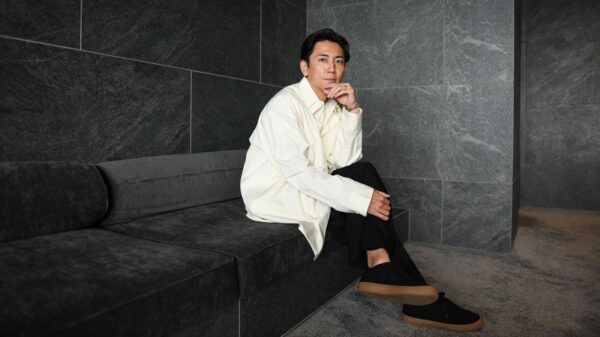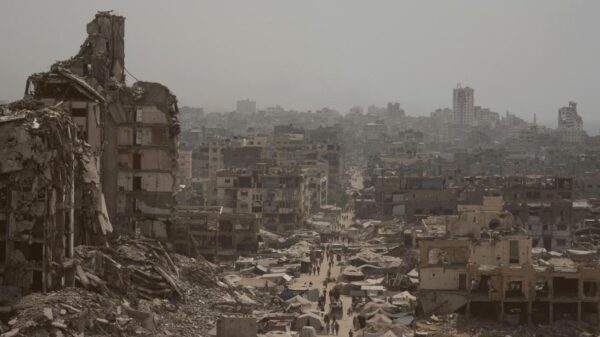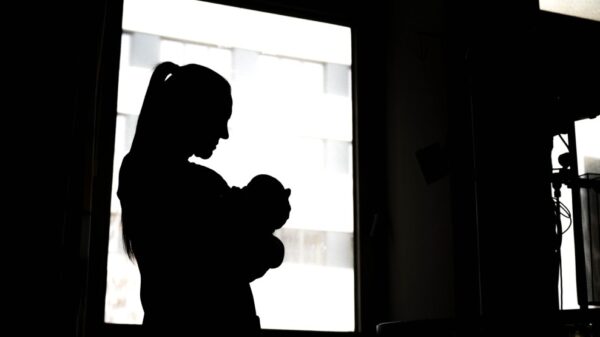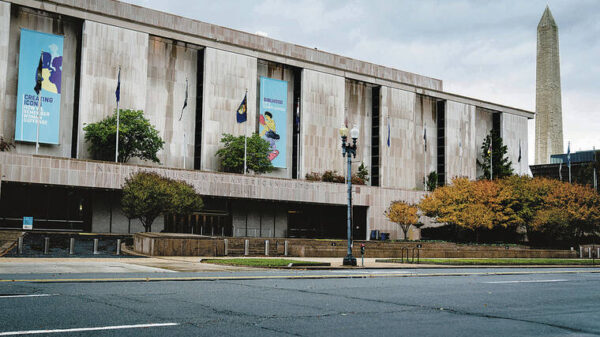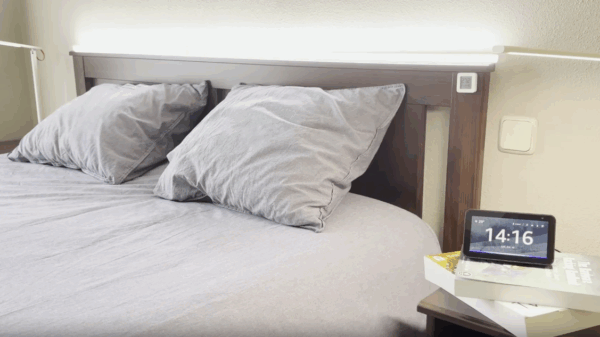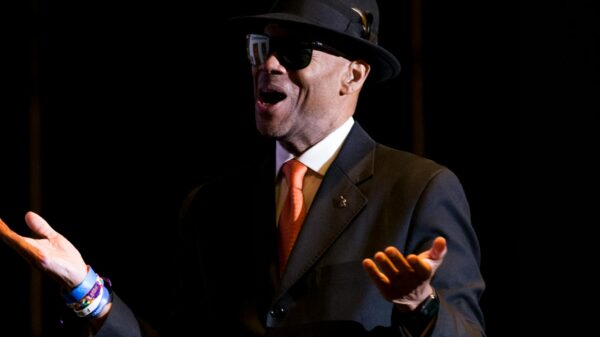In a recent visit to the Oregon coast, a homeowner confronted the challenges of maintaining an older property, specifically addressing the issues within a crawlspace built in 1916. This crawlspace presented a daunting environment—dark, damp, and often home to unwelcome critters like raccoons and mice. The experience serves as a powerful metaphor for personal transformation and the struggle between embracing change and remaining in the comfort of ignorance.
The Crawlspace Challenge
For many, the idea of crawling into a confined, unlit space can be unsettling. The crawlspace is often associated with feelings of claustrophobia and apprehension. Yet, as the homeowner discovered, light plays a crucial role in revealing hidden issues. Without illumination, one cannot effectively address the problems lurking in the shadows, such as dirt and pests.
The need for visibility extends beyond physical spaces. In a broader sense, it highlights a fundamental human struggle: the choice between remaining in darkness or stepping into the light. This dilemma resonates with the teachings found in religious texts, notably in John 3:19–21, where it is stated that “Light has come into the world, but men loved darkness instead of light because their deeds were evil.” This passage underscores a common tendency to avoid confronting uncomfortable truths.
Confronting the Darkness
Addressing personal shortcomings or societal issues can be intimidating. Just as ignoring moisture in a crawlspace can lead to structural damage, failing to confront one’s flaws can result in deeper personal crises. The fear of change often stems from the discomfort that comes with acknowledging one’s faults. Yet, as noted in Psalm 139, “Even in darkness I cannot hide from you,” suggesting that divine observation should offer comfort rather than fear.
The act of shining a light on hidden problems allows individuals to confront and manage those issues effectively. In this context, the light symbolizes awareness and the potential for change. As the light reveals what lurks in the darkness, it dismantles fear and opens pathways for personal growth.
Furthermore, the message in Hebrews 2:14-15 emphasizes liberation from fear, stating, “Since the children have flesh and blood, he too shared in their humanity… and free those who all their lives were held in slavery by their fear of death.” This illustrates that confronting fears, much like addressing the hidden problems in a crawlspace, can lead to significant life changes.
Ultimately, the homeowner’s experience serves as a reminder that while darkness may offer a false sense of security, the pursuit of light—representing truth and self-awareness—can lead to transformative change. Embracing this journey requires courage, but the rewards can be profound.
As individuals choose to confront their fears and bring their challenges into the light, they can foster an environment conducive to healing and growth. The journey may be uncomfortable, but it is often essential for personal and communal well-being.









